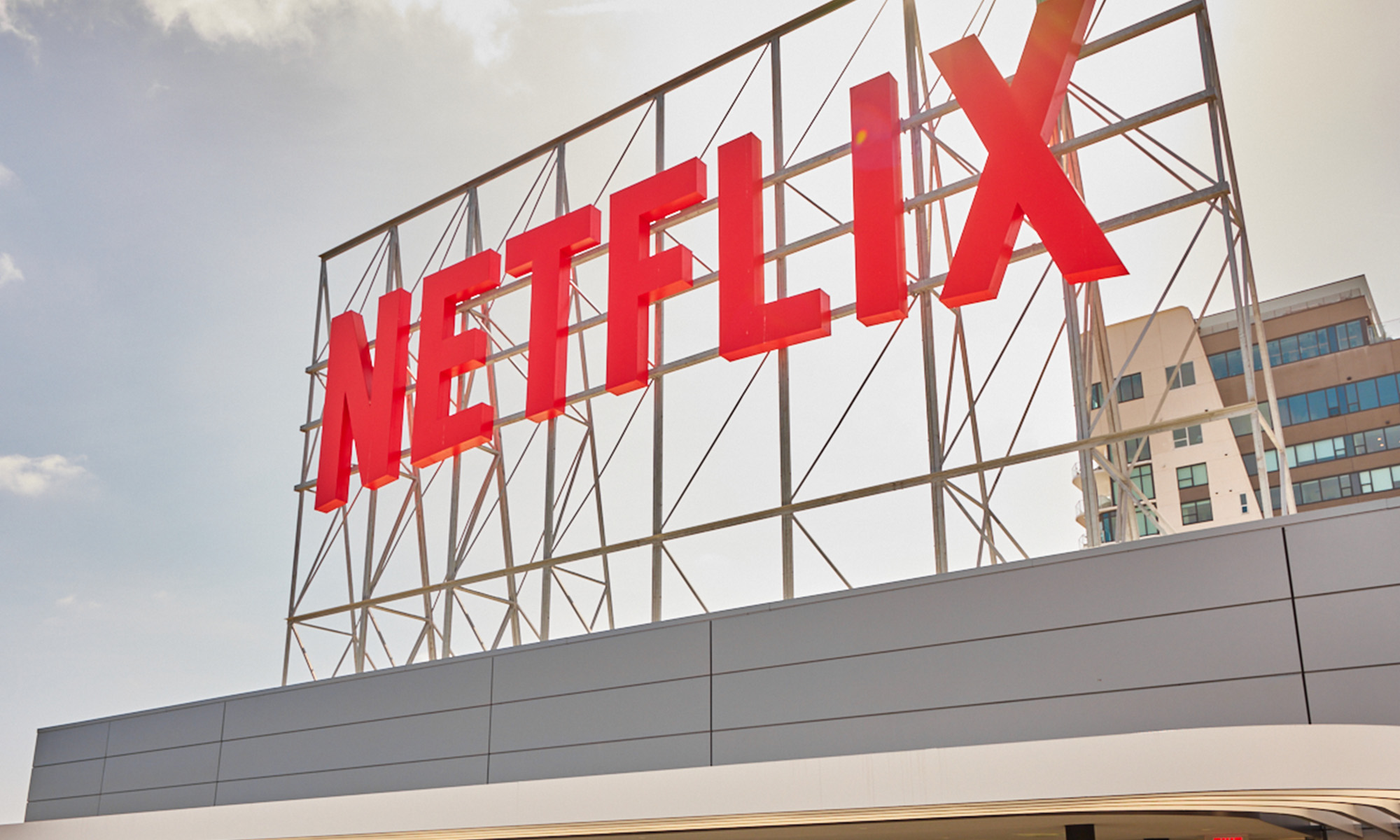
Image source: The Motley Fool.
Netflix (NFLX +0.12%) kicked into overdrive last quarter. The company added more subscribers in a single quarter than it ever has before, with 7 million adds, and it completed 2016 with the highest number of subscriber additions at 19 million. With $0.15 in earnings per share, the company had its most profitable quarter in two years, and according to projections, the current quarter will be its most profitable ever.
Meanwhile, in the past quarter, a Netflix show (The Crown) won the network its first Golden Globe for Best Television Series. The company also signed a number of big-name comedians to its roster, including Chris Rock, Dave Chappelle, Amy Schumer, and Jerry Seinfeld, ensuring that the company will continue to serve up must-see content in 2017 as well.
The leading streamer is clearly firing on all cylinders as it prepares to enter its first year generating material profits. The charts below help illustrate the company's achievements.
Subscribership
Subscribers are at the core of Netflix's business model. Since it doesn't have any advertising, all of its revenues come from its subscribers, who generally pay $10/month for the standard package. In order to increase revenue, the company can either add new subscribers or raise its prices. Fortunately, the number of new subscribers the company gains has grown every year since it launched its streaming service:
Netflix domestic subscriber growth. Data source: Netflix quarterly reports.
Though domestic subscriber growth has moderated since peaking in 2013, the international segment has more than picked up the slack as total new subscribers reached more than 19 million last year. Growth in the international market has been helped by the company's entry into new territories each year, though last January marked the end of its expansion, as Netflix is now available in all but a handful of countries around the world. It may be difficult to continue accelerating subscriber growth, but Netflix's last quarter, which had a record 5.1 million international subscriber adds, shows that other factors such as content may be more important drivers of subscriber growth.
The chart below shows how far the company has come in total subscriber growth over the past few years:
Netflix subscriber growth. Data source: Netflix quarterly reports.
Contribution profit
Contribution profit and contribution margin are the most important metrics to use in understanding Netflix's earnings. Contribution profit is revenue minus cost of content and marketing expenses, and contribution margin is the percentage of contribution profit from revenue. That margin represents money left over from subscriber fees to pay for fixed expenses, interest, and taxes -- or money that ultimately ends up as profits.
In 2015, management set out a goal of generating 40% domestic contribution margin by the year 2020. As the chart below shows, the company seems well on its way to exceeding that target:
Netflix domestic contribution margin. Data source: Netflix quarterly reports.
As you can see, domestic contribution margin has improved in every year and is set to top 40% in the current quarter. Meanwhile, international contribution margin is set to turn positive for the first time ever this quarter, and total streaming margin is also about to accelerate. Netflix management noted that content costs are lower in the first quarter than they will be for the rest of the year, so those figures may moderate, but it's still clear that Netflix is going to be much more profitable this year and going forward.
After several years of investing in opening up new markets and creating original content, Netflix is finally ready to generate significant cash.






